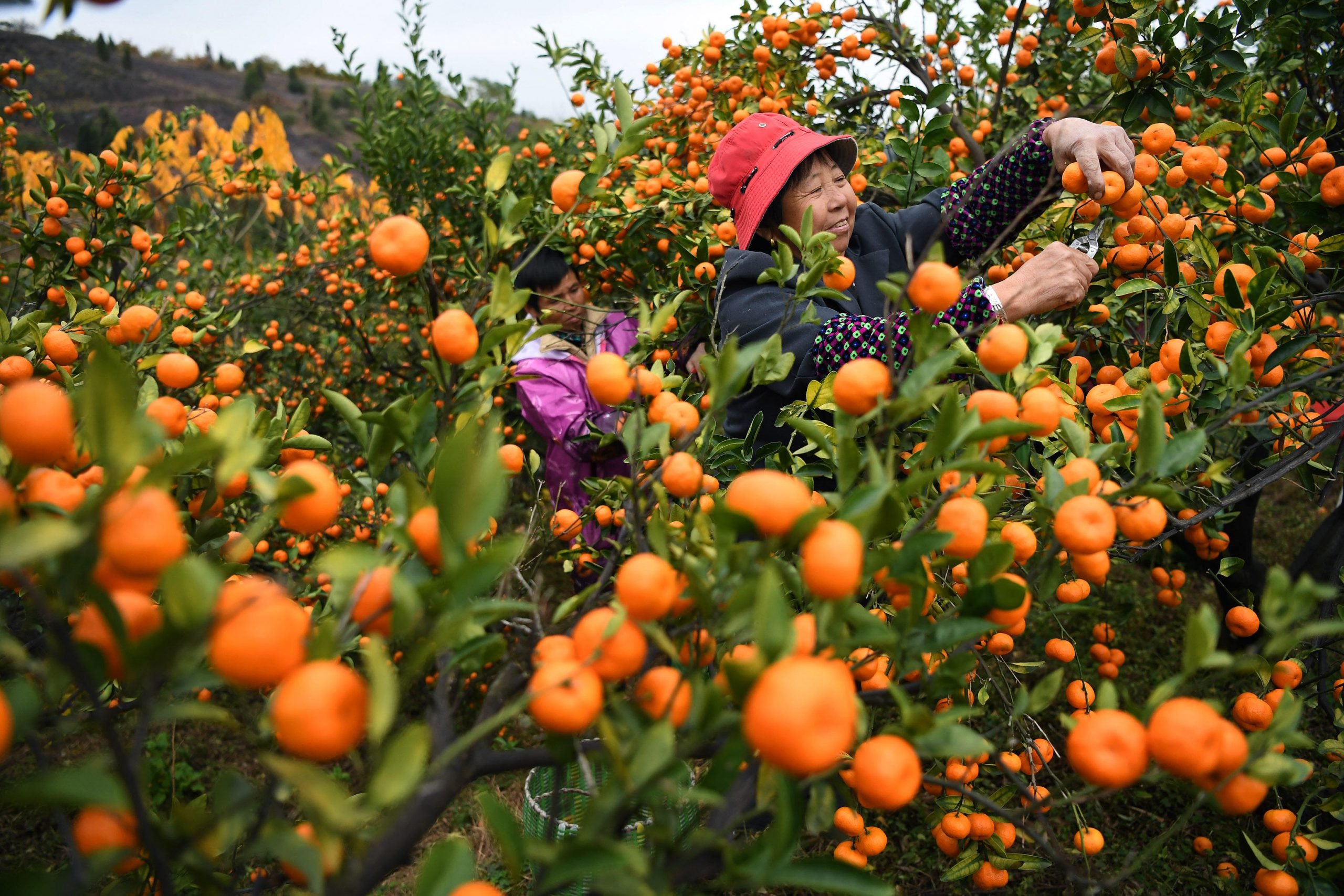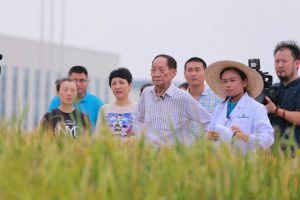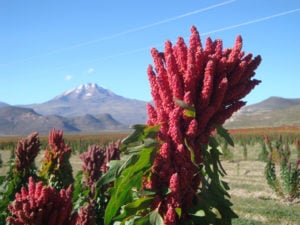China’s population will grow by over 200 million in the next decade, but its food security seems increasingly uncertain. The trade war with the United States threatens China’s food supply and the outbreak of African swine fever has caused the death of nearly a quarter of its pigs.
To feed its own people, China will need to increase the amount of food it produces by 1% year on year. China’s strategy over the past several decades has largely focused on yield improvements through an increase in cultivated area and fertiliser use.
1,040 plant and animal species are threatened in China (IUCN Red List)
The country’s farmers use almost 60 million tonnes of chemical fertilisers, which is more than 30% of the worldwide total. Agriculture accounts for over 60% of total water usage in the country but only about half of this is taken up by crops, with the remainder lost to improper irrigating methods and poor diversion canals. At the same time, the country must manage accelerated urbanisation and industrialisation.
China’s farming practices have caused widespread depletion of aquifers, soil quality and biodiversity. This loss of biodiversity does not just extend to China’s wildlife, but to the plants that farmers choose to grow, with the pursuit of efficiency leading to a small number of crop varieties dominating China’s output. The corresponding fall in crop biodiversity has been huge. In Hunan province, for instance, only 84 varieties of rice were grown in 2014, down from 1,366 in 1956.
In the long term, shrinking crop biodiversity is bad for China’s farmers. Harvests will be less able to withstand diseases, pests and changes in weather. It also places more strain on soils, pollinators and water reserves.
It does not need to be this way. China is a centre of origin for many of the world’s crops, including apples, pears and tea. Over the course of China’s history its people have made use of over 10,000 plant species to support their livelihoods.
Plummeting rice diversity in Hunan
1956: 1,366 varieties grown
2014: 84 varieties grown
With over 1,000 of China’s plant and animal species now under threat, the time to re-prioritise crop biodiversity is now. China is already taking great steps in the right direction.
The benefits of action could be great. The most obvious is building China’s future resilience to shocks. Beyond trade wars or swine fevers China also faces more extreme weather patterns brought on by climate change, and diversified crops are one of the best means of securing harvests in a range of conditions.
A new Agrobiodiversity Index, compiled by Bioversity International, shows that increased crop biodiversity would substantially help China tackle risks and build resilience towards a wide array of issues, from malnutrition and poverty to inappropriate land management. Recently, 150 plant varieties discovered in Guizhou province alone were found to have high-yield potential, mature early or be resistant to drought and disease.
Beyond resilience, crop biodiversity could also help improve the health of China’s people. Nearly a third of the adult population is overweight and one in ten is diabetic, with a lack of dietary diversity playing a substantial role.
In 2017, China issued a National Nutrition Plan, which proposes to vigorously promote nutritional foods, especially those organic, green and pollution-free, and high in protein (such as soya and milk). It also promotes good health through diets, including traditional health-preserving foods such as buckwheat and oat, which can help improve bodily functions.
How can crop biodiversity help reduce poverty? Over 40 million people are still classed as poor in China, and they mostly reside in marginal rural areas. Improving crop biodiversity means giving them tools to build their livelihoods, especially in the many areas where farmers are struggling due to the inadequacy of dominant crop varieties. New markets are being found for specialist crops such as Wuchang rice, Nanfeng oranges and Laiyang pears, which have also made great contributions to farmers’ incomes.
China’s environment could also greatly benefit. More crop varieties in use by farmers means less intensive water and fertiliser use, leading to less land degradation and soil erosion. It also means more environments for insects, which pollinate 84% of commercially grown plants.
By the end of 2017, China had established 206 protected sites in 27 provinces, in which 69 species of crop wild relatives are being conserved. The Chinese Academy of Agricultural Sciences has also collected nearly half a million samples across varieties of 350 crops, and is working to research and breed seeds that have the greatest potential for farmers.
These steps are an important start, as crop diversity is a key part in the next phase of China’s development.








